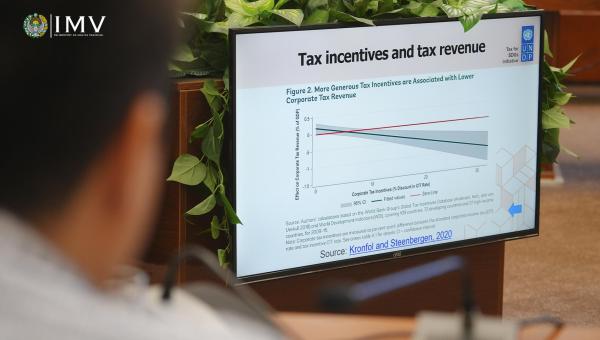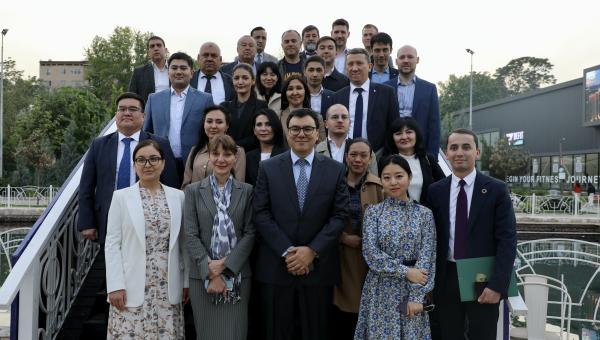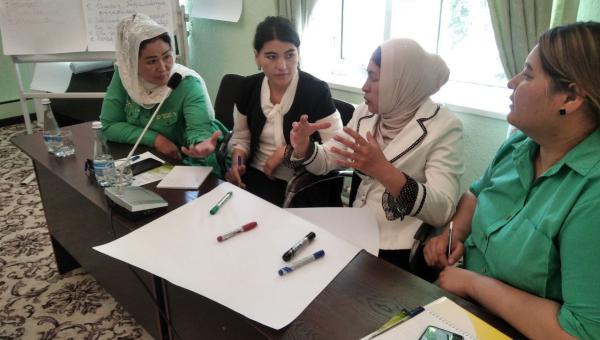NAP
National Adaptation Plan
Project summary:
Climate change is happening with unprecedented speed and intensity throughout the world, threatening continued economic growth and development progress. This has become a serious and major challenge to the Central Asian region, specifically Uzbekistan whose land is extremely vulnerable to drought caused by the climate change. The country needs to put climate change adaptation at the heart of its agenda.
The population with lowest income of Uzbekistan lives in the most arid parts of the country, is dependent on subsistence agriculture, and is facing increased vulnerability to changes in climate conditions and natural resources availability. Given this, the government has recognized the urgent need for climate change adaptation measures.
The proposed project, as part of Uzbekistan’s response to address the above challenges, has as its objective to advance the adaptation planning process for priority climate-sensitive sectors and regions in Uzbekistan through implementation of three flows of activities that need to be coordinated and consolidated in climate change adaptation context that shall produce main expected outcomes by the project.
Main objectives:
The project aims to strengthen institutional and technical capacities for iterative development of a NAP and integration of climate change adaptation into national and subnational planning and budgeting processes in Uzbekistan. This will involve strengthening of existing frameworks and systems, enhancing capacities of key stakeholders, expanding the evidence base to effectively contribute to the adaptation planning process, and establishing a mechanism to sustain the process.
Expected results:
- By 2025, most at-risk regions and communities of Uzbekistan are more resilient to climate change and disasters, and benefit from increasingly sustainable and gender-sensitive efficient management of natural resources and infrastructure, robust climate action, inclusive environmental governance and protection.
- Data and risk-informed development policies, plans, systems and financing incorporate integrated solutions to reduce disaster risks, enable climate change adaptation and mitigation, and prevent crisis.

 Locations
Locations



